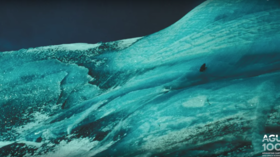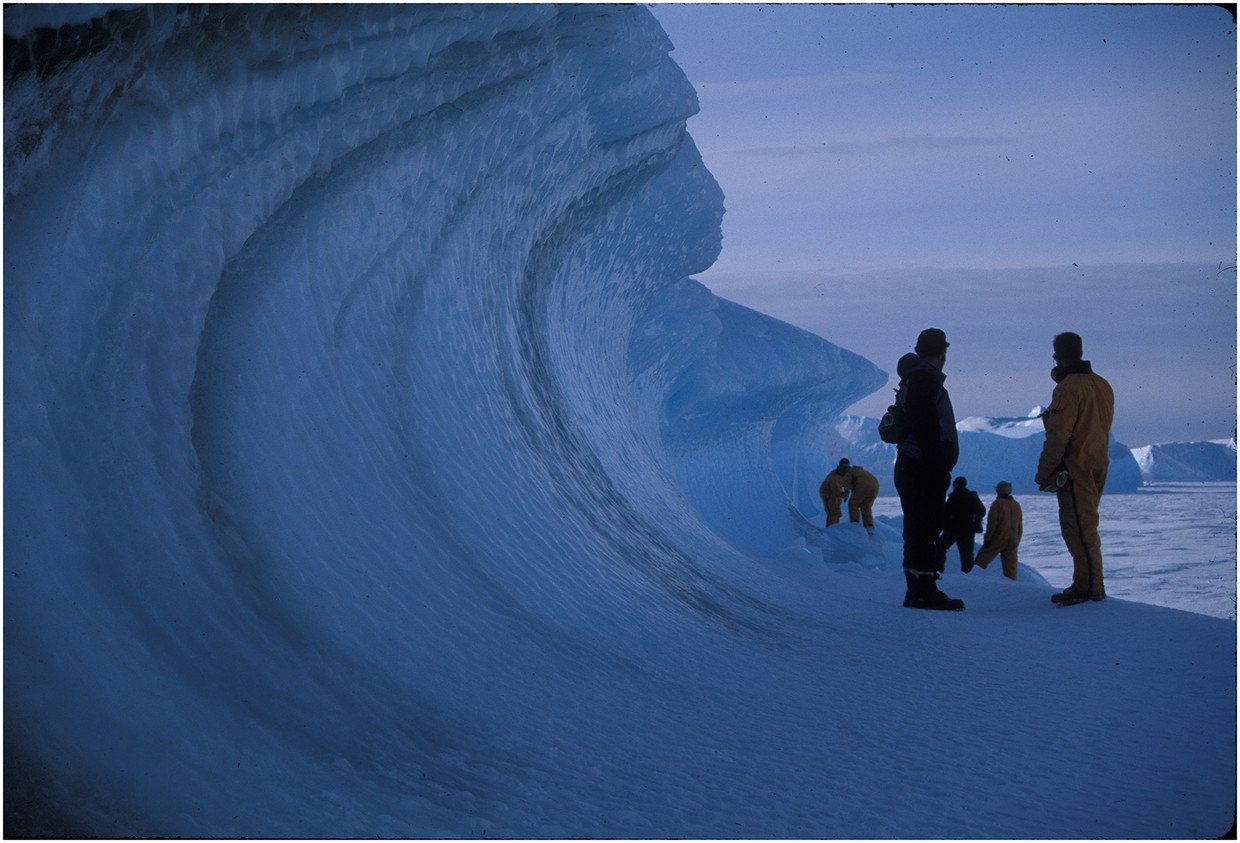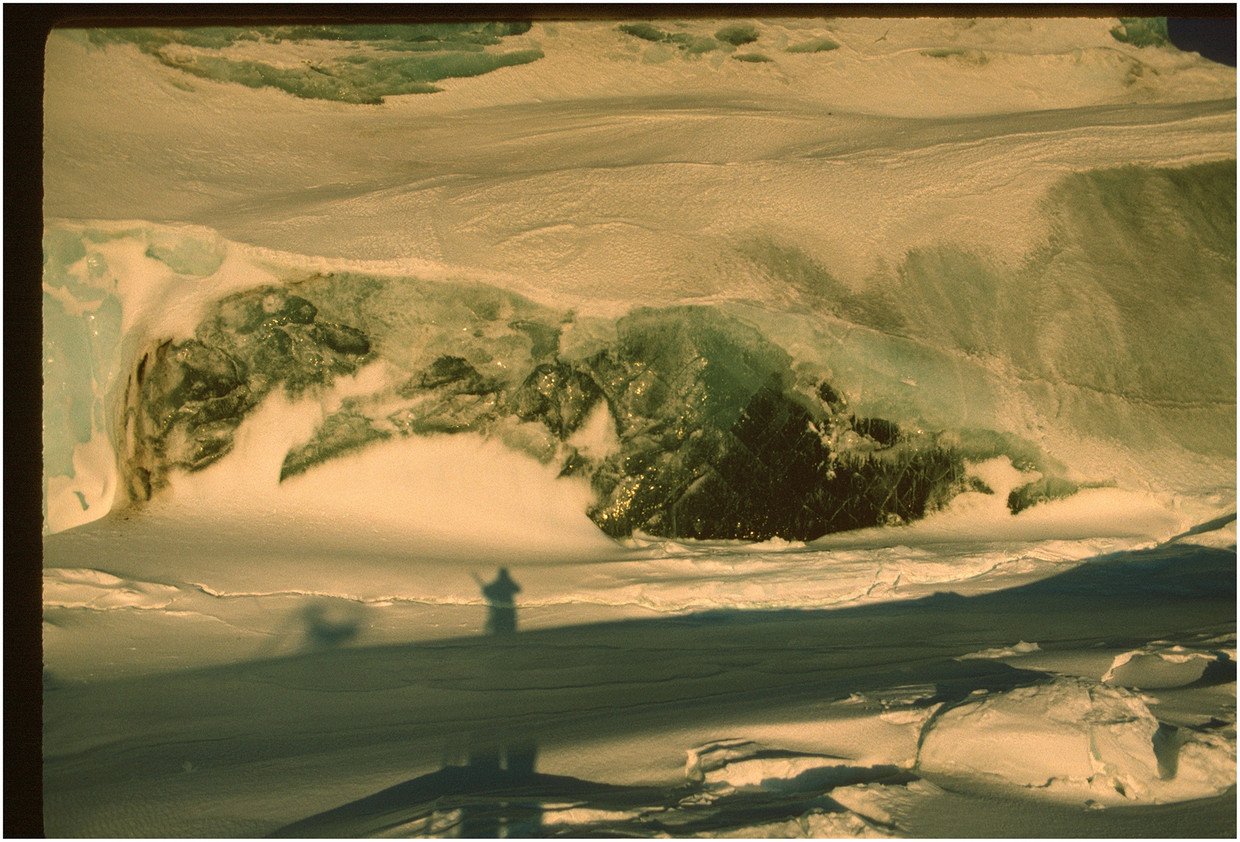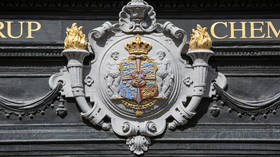Mystery behind emerald green ‘jade icebergs’ solved (PHOTOS, VIDEO)

Jade icebergs floating amid the icy debris of the grey Antarctic have fascinated sailors and explorers for decades, but now scientists have discovered the origin of their unique hue and revealed their important mission.
“We always thought green icebergs were just an exotic curiosity, but now we think they may actually be important,” says the new research paper’s lead author, glaciologist Stephen Warren from the University of Washington. He describes the icebergs as couriers, sending much-needed nutrients out to sea.
Warren has been studying the phenomenon of jade icebergs for three decades and noticed early on that the green ’bergs were denser than their blue-white counterparts, often without any air pockets whatsoever inside them.

He and his fellow researchers first believed that decaying marine plant life, yellow in color, was likely responsible for the green coloration when it mixed with the blue of the ice.

In 2016, a team of oceanographers from the University of Copenhagen tested an ice core which had 500 times more iron than the glacial ice above, which in turn, led Warren to believe that pulverized iron ore, crushed by Antarctic glaciers, is the culprit behind the jade icebergs.
Also on rt.com Free spirits: Mysterious iceberg water heist from Canadian vodka company baffles firmIron is surprisingly scarce in parts of the world’s oceans, despite being such a key nutrient for phytoplankton and microscopic marine life, which may mean the emerald-colored icebergs are as precious to the environment as their gemstone namesakes.
Like this story? Share it with a friend!














